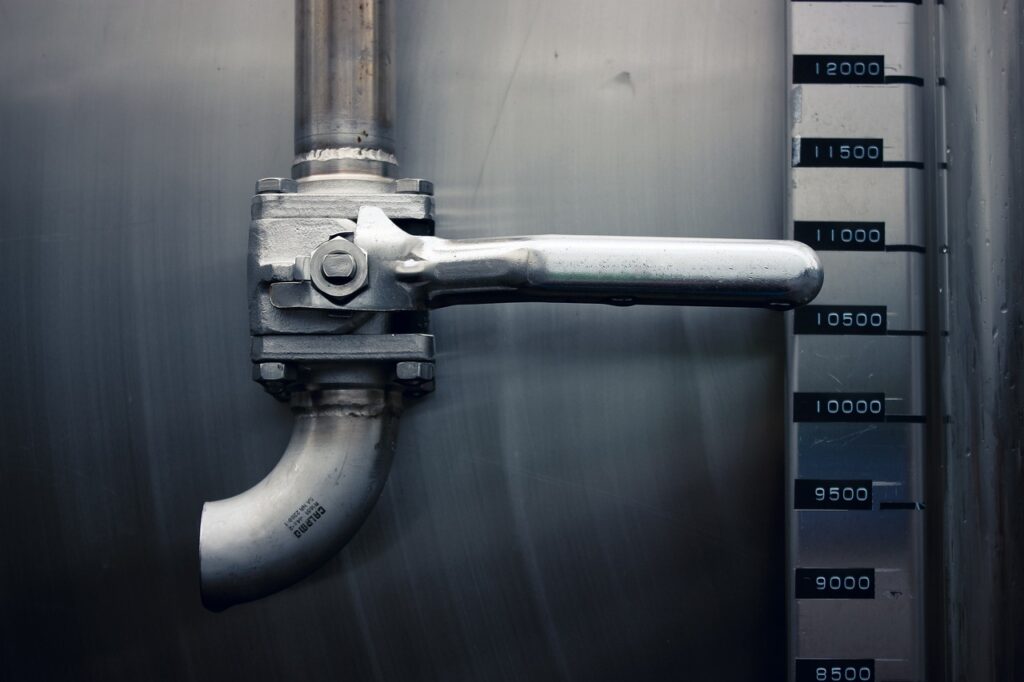Replacing a toilet may seem like a daunting task, but with the right tools, preparation, and methodical approach, it can be a manageable DIY project. Whether you’re upgrading an old toilet, addressing a leak, or remodeling your bathroom, this step-by-step guide will walk you through the process from start to finish.
Contents
- 0.1 Step 1: Preparation
- 0.2 Step 2: Install the New Wax Ring
- 0.3 Step 3: Position the New Toilet
- 0.4 Step 4: Secure the Toilet
- 0.5 Step 5: Connect the Water Supply
- 0.6 Step 6: Install the Tank Lid and Bolts
- 0.7 Step 7: Test the Toilet
- 0.8 Step 8: Clean Up and Dispose of the Old Toilet
- 0.9 Tips for Success:
- 0.10 Conclusion
- 1 Author
Tools and Materials You’ll Need:
Before you begin, gather the necessary tools and materials:
- Adjustable wrench
- Channel-lock pliers
- Screwdriver (flathead and Phillips)
- Putty knife
- Bucket
- New wax ring
- New toilet
- Toilet bolts and caps
- Flexible supply line
- Level
- Towel or rags
- Safety gloves and goggles
Step 1: Preparation
- Turn off the water supply: Locate the shut-off valve behind the toilet and turn it clockwise to shut off the water flow. Flush the toilet to drain the tank and bowl.
- Disconnect the water supply: Disconnect the water supply line from the bottom of the tank using an adjustable wrench. Have a bucket ready to catch any remaining water in the line.
- Remove the old toilet: Loosen the nuts on the toilet bolts securing the toilet base to the floor. Rock the toilet gently from side to side to break the seal between the toilet and the wax ring. Lift the toilet straight up and place it on old towels or rags to catch any residual water.
- Scrape off old wax ring: Use a putty knife to scrape off the old wax ring and any remnants from the flange (the pipe fitting that connects the toilet to the drainpipe).
Step 2: Install the New Wax Ring
- Inspect the flange: Ensure the flange is in good condition and securely attached to the floor. Replace or repair the flange if necessary.
- Install the new wax ring: Place the new wax ring over the flange with the plastic or rubber sleeve facing up. This creates a watertight seal between the toilet and the drainpipe.
Step 3: Position the New Toilet
- Prepare the new toilet: Install the closet bolts (toilet bolts) into the flange, aligning them with the slots on either side of the flange.
- Position the toilet: Carefully lift the new toilet and align it over the closet bolts and wax ring. Lower the toilet onto the bolts and wax ring, ensuring a snug fit.
Step 4: Secure the Toilet
- Attach washers and nuts: Place washers and nuts onto the closet bolts and hand-tighten them. Use a wrench to alternately tighten each nut a little at a time to avoid uneven pressure, which could crack the porcelain base.
- Check for level: Place a level across the bowl and adjust as necessary by placing shims under the base to ensure the toilet is level and stable.
Step 5: Connect the Water Supply
- Connect the supply line: Attach one end of the flexible supply line to the threaded valve under the tank and the other end to the shut-off valve. Tighten securely with an adjustable wrench.
- Turn on the water: Slowly turn the shut-off valve counter-clockwise to restore water flow to the toilet. Check for any leaks around the supply line connection and tighten if necessary.
Step 6: Install the Tank Lid and Bolts
- Place the tank lid: Position the tank lid onto the back of the toilet tank and ensure it fits securely.
- Install bolt caps: Place plastic bolt caps over the closet bolts to conceal them and provide a finished appearance.
Step 7: Test the Toilet
- Flush and check for leaks: Flush the toilet several times to ensure it functions properly and there are no leaks from the base or tank connections.
- Inspect for stability: Sit on the toilet to test its stability. If the toilet wobbles, tighten the closet bolts further or add more shims until it feels secure.
Step 8: Clean Up and Dispose of the Old Toilet
- Dispose of old parts: Properly dispose of the old wax ring, bolts, and any other discarded parts according to local regulations.
- Clean the area: Wipe down the area around the toilet with a disinfectant cleaner to remove any residue or debris.
Tips for Success:
- Work carefully: Porcelain can be fragile, so handle the toilet with care to avoid chipping or cracking.
- Use new components: Always install a new wax ring and closet bolts when replacing a toilet to ensure a proper seal and secure fit.
- Double-check connections: Verify that all connections, including the water supply line and closet bolts, are tight and secure before testing the toilet.
Conclusion
Replacing a toilet is a practical DIY project that can enhance your bathroom’s functionality and appearance. By following this step-by-step guide and exercising caution throughout the process, you can successfully replace your toilet and enjoy a refreshed bathroom space. If you encounter challenges or prefer professional assistance, don’t hesitate to consult a licensed plumber for expert guidance. With proper installation, your new toilet will provide reliable performance and efficiency for years to come.










